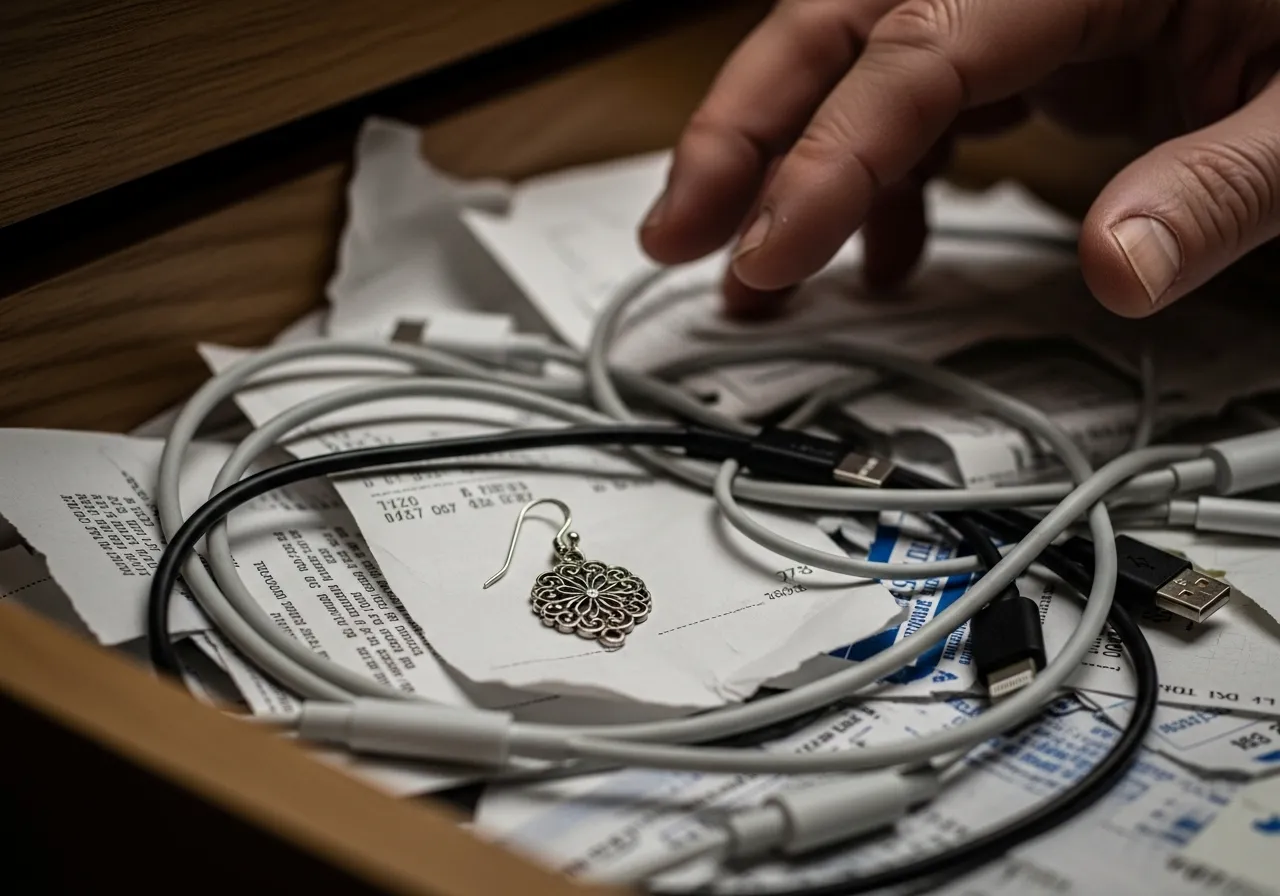
Why Your Junk Drawer Feels So Overwhelming (And How to Fix It)
The core reason a junk drawer becomes a source of stress is simple: it lacks a defined purpose. It becomes the landing spot for “decision fatigue”—those moments when we don’t have the time or energy to decide where something truly belongs. An old receipt, a single earring, a cord to a long-gone gadget… they all get tossed in, out of sight and out of mind. The drawer becomes a graveyard of good intentions and forgotten objects. The problem isn’t the drawer itself; it’s the lack of a system.
The solution is to give the drawer a real job. Instead of a “junk” drawer, we’re going to rebrand it as a “utility” drawer. Its new purpose is to hold a curated collection of your most frequently used small items. Think of it as your home’s quick-access toolkit. To achieve this, we’ll follow a simple but powerful four-part framework: Edit, Contain, Label, and Maintain. This is the foundation of all successful home organization projects, from a single drawer to an entire garage.
Edit: This is the process of sorting through every single item and deciding what stays and what goes. We’ll use simple rules to make this step fast and stress-free.
Contain: Once you know what’s staying, you’ll give those items a designated home using simple drawer dividers. This prevents everything from sliding back into one big jumble.
Label: This is the secret weapon for long-term success. Labeling each compartment tells you and everyone else in your home exactly where things belong, making cleanup effortless.
Maintain: Finally, we’ll establish a simple routine—just a few minutes a month—to keep your newly organized drawer in perfect shape.
This entire project shouldn’t take more than an hour. The feeling of opening that drawer and finding exactly what you need without a frustrating search is well worth the effort. It’s a small victory that ripples outward, creating a sense of control and peace in your daily life.

















